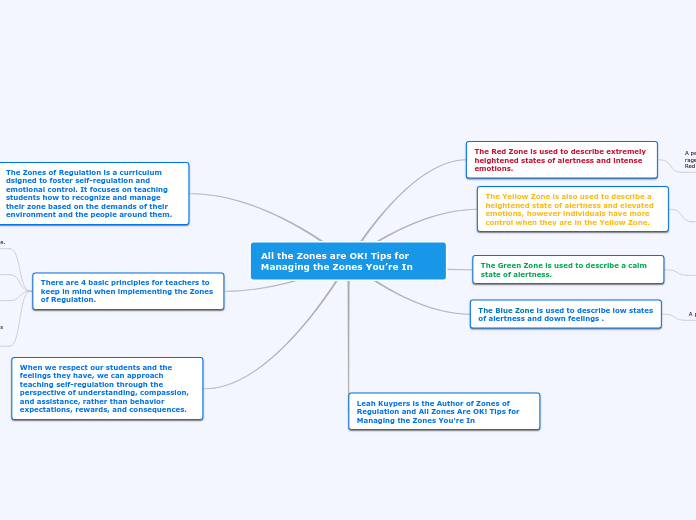von Michael Peterson Vor 5 Jahren
622
Opioids
Opioids and psychedelics are two classes of substances that have significant impacts on the human body and mind. Opioids, such as heroin, fentanyl, morphine, and codeine, are primarily used for pain relief but also have high potential for recreational misuse.









